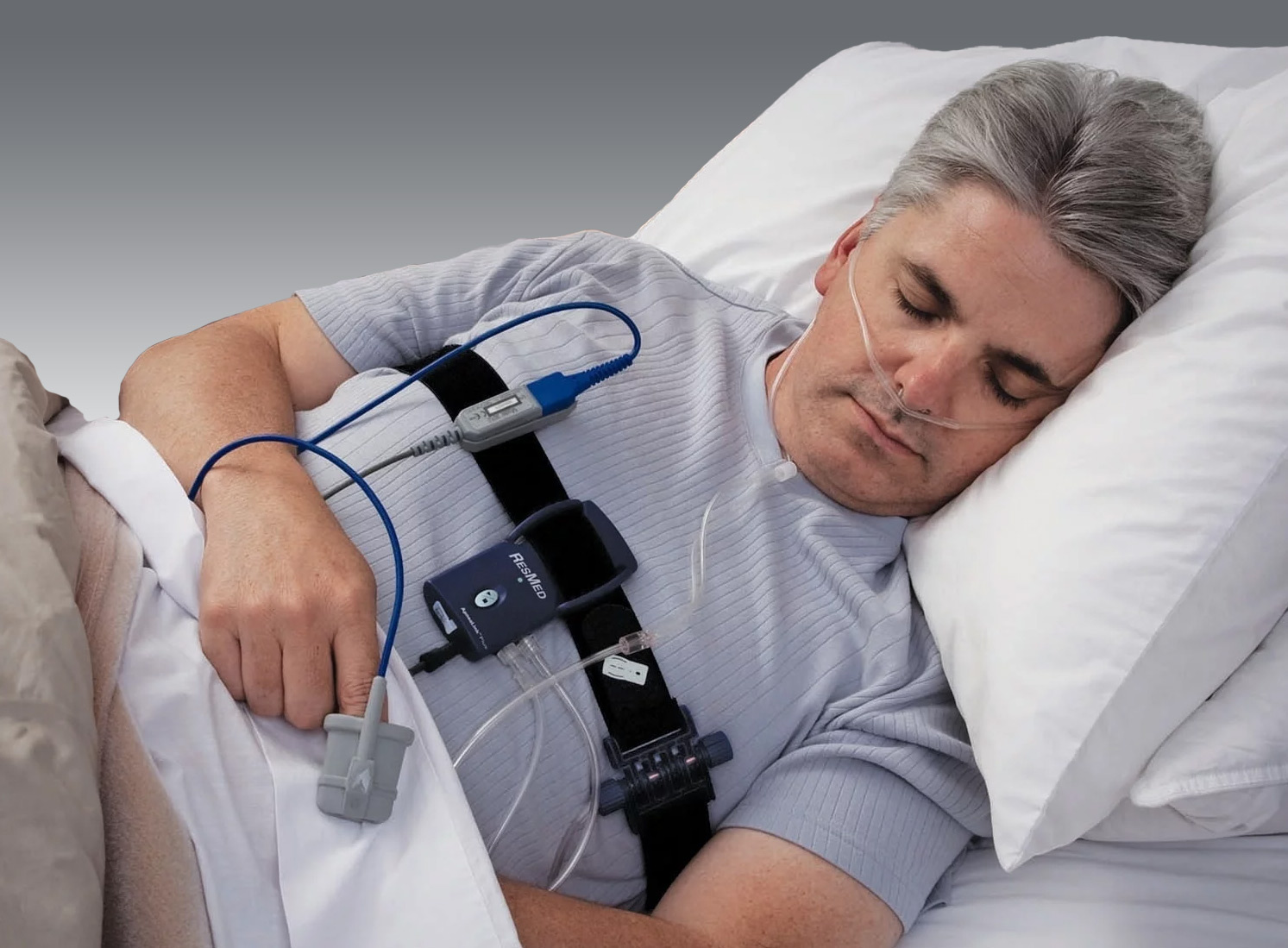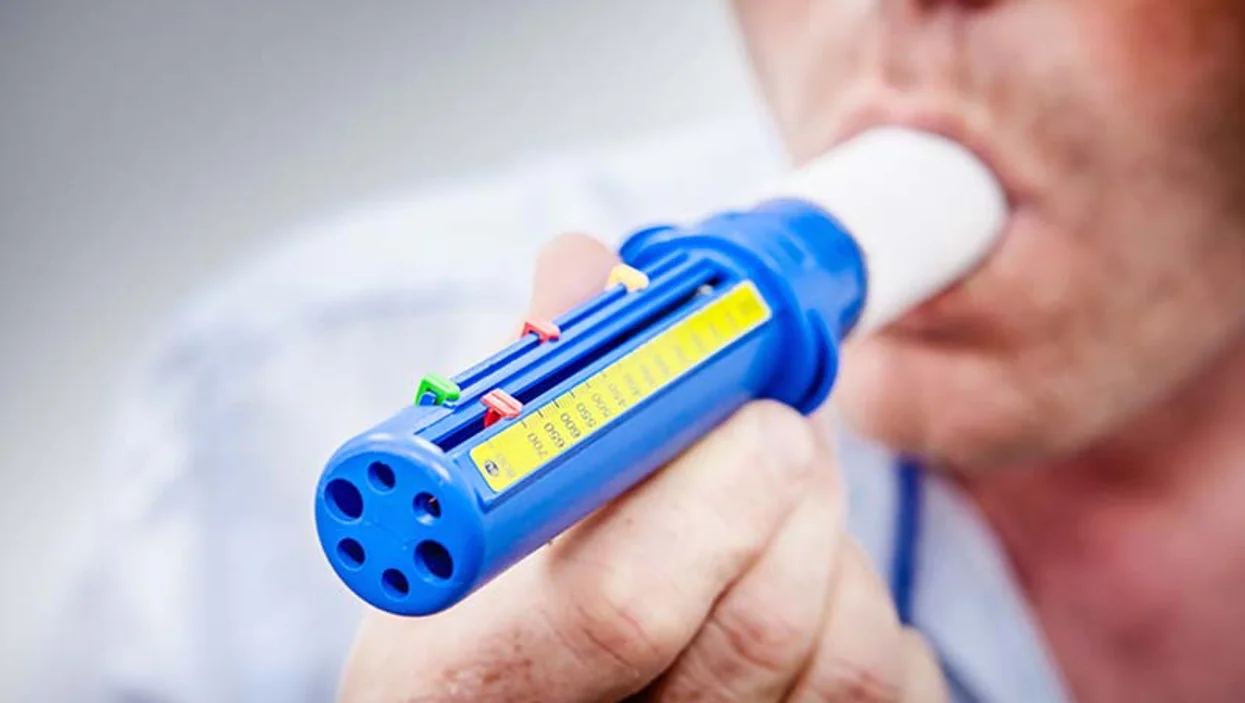Home Sleep Study
We offer the convenience of getting tested for Sleep Apnea from the convenience of your own room. For this you would first need to make an appointment with Dr. Shantha to see if its a good fit. You will then receive the equipment, carry out the test at home, and then meet again with your doctor to discuss the results. This test is covered by most insurances, Please check with your insurance before you make an appointment. We also have pricing for those willing to self pay, please call 423-654-7400 for more information.


Complete Pulmonary Function Testing (PFT)
Pulmonary function tests (PFTs) are noninvasive tests that determine how well the lungs work.The tests measure lung volume, capacity, rates of flow, and gas exchange. This information can help us diagnose and decide the treatment for certain lung disorders.
How is Spirometry Done: In a spirometry test, while you are sitting, you breathe into a mouthpiece that is connected to an instrument called a spirometer. The spirometer records the amount and the rate of air that you breathe in and out over a period of time.
Spirometry (meaning the measuring of breath) is the most common of the pulmonary function tests (PFTs). It measures lung function, specifically the amount (volume) and/or speed (flow) of air that can be inhaled and exhaled. Spirometry is helpful in assessing breathing patterns that identify conditions such as asthma, pulmonary fibrosis, cystic fibrosis, and COPD. It is also helpful as part of a system of health surveillance, in which breathing patterns are measured over time.
Six Minute Walk Test (6MWT):
The 6MWT is a practical simple test measures the distance that a patient can quickly walk on a flat, hard surface in a period of 6 minutes (the 6MWD).

Bronchoscopy
Bronchoscopy is done for evaluation of lung infection, lung nodule, lung mass, lymph node enlargement. Dr Shantha does Bronchoscopy with Endo bronchial Ultrasound ( EBUS) in a hospital setting. A bronchoscopy is a procedure that lets us look at your lungs and airways. During bronchoscopy, a thin tube (bronchoscope) is passed through your nose or mouth, down your throat, and into your lungs. Persistent cough, infection, and something unusual seen on a chest x-ray or other test are all common reasons for requiring a bronchoscopy. Bronchoscopy can also be used to obtain samples of mucus or tissue or to remove foreign bodies or other blockages from the airways or lungs.
Peak Flow Measurement
Peak Flow Measurement Is A Quick Test To Determine How Much Air Flows Out Of The Lungs.The measurement is also called the peak expiratory flow rate (PEFR) or the peak expiratory flow (PEF).

